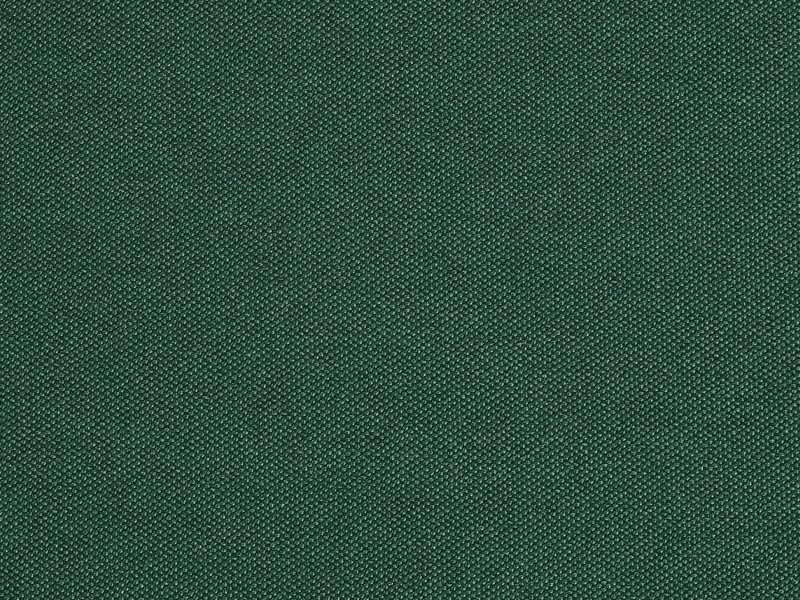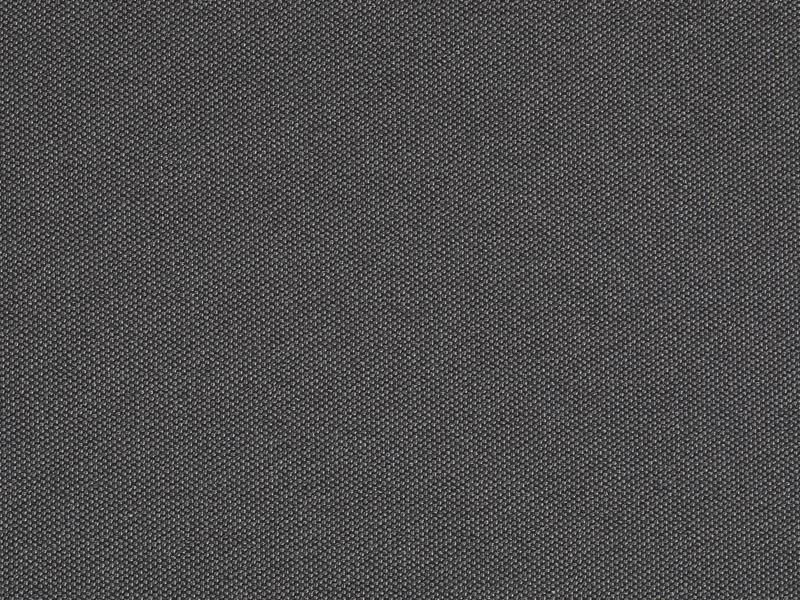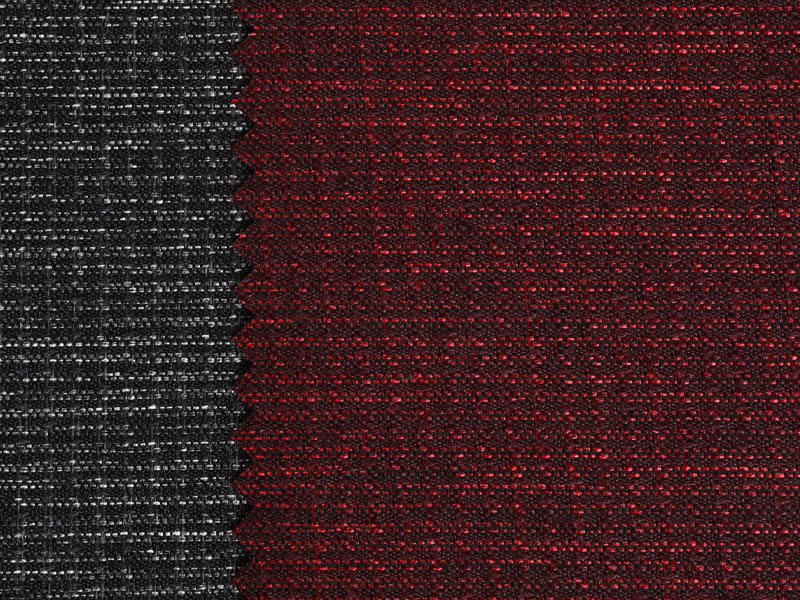The Future of High-Performance Tent Fabrics
Posted by Admin
The outdoor and adventure industry is continuously evolving, with new technologies and materials being developed to meet the demands of an increasingly active and discerning consumer base. One of the critical components of any tent is the fabric from which it is constructed. High-performance tent fabrics are designed to withstand the rigors of the outdoors, providing durability, weather resistance, and longevity. As we look to the future, the development of these fabrics is set to revolutionize the way we experience the great outdoors.
The Current State of Tent Fabrics:
Today's high-performance tent fabrics are made from a variety of materials, including polyester, nylon, and silicone, among others. These fabrics are engineered to be lightweight, strong, and resistant to water, UV rays, and abrasion. The use of advanced coatings and treatments, such as polyurethane (PU) and durable water repellent (DWR), enhances these properties, making modern tents more reliable and comfortable than ever before.
Advancements in Fabric Technology:
The future of tent fabrics is being shaped by ongoing research and development in textile technology. Here are some of the key advancements that are expected to impact the industry:
Nanotechnology: The application of nanotechnology in tent fabrics results in materials with enhanced waterproofing and breathability. Nanoparticles can be embedded in the fabric to create a surface that repels water more effectively, while still allowing for vapor to escape, thus improving the overall comfort and performance of the tent.
Eco-Friendly Materials: As environmental concerns grow, there is a push towards using more sustainable and eco-friendly materials in the production of tent fabrics. This includes the use of recycled polyester and bio-based materials that have a lower carbon footprint.
Smart Fabrics: The integration of sensors and electronic components into tent fabrics is creating 'smart' tents that can monitor environmental conditions and even adjust their properties in response. For example, a smart fabric could change its permeability in response to humidity levels, providing better ventilation when needed.
High-Strength Composites: The use of composite materials, such as carbon fiber and aramid fibers, is expected to increase the strength-to-weight ratio of tent fabrics, allowing for lighter and stronger tents that can better withstand bad weather conditions.
Self-Healing Materials: Research into self-healing materials could lead to tent fabrics that can repair minor tears and punctures without the need for human intervention, significantly extending the lifespan of the tent.
The Role of Innovation in the Industry:
Innovation is the driving force behind the development of high-performance tent fabrics. Companies that are at the forefront of this technology are investing heavily in research and development to create fabrics that push the boundaries of what is possible. This includes collaborations with academic institutions, material scientists, and even other industries, such as the automotive and aerospace sectors, where similar materials and technologies are used.
Challenges and Considerations:
While the future of high-performance tent fabrics looks promising, there are challenges that the industry must address. These include:
Cost: Advanced materials and technologies often come with a higher price tag. Balancing the cost of these new fabrics with the need to keep products affordable for consumers is a significant challenge.
Durability: As fabrics become lighter and more flexible, ensuring that they maintain their durability and resistance to the elements is crucial. This requires rigorous testing and quality control measures.
Sustainability: The outdoor industry is increasingly aware of its environmental impact, and there is a growing demand for products that are not only high-performing but also sustainable. This means using materials that are recycled, recyclable, or biodegradable, and reducing the carbon footprint of production processes.
Consumer Education: Educating consumers about the benefits and proper care of high-performance tent fabrics is essential to ensure the longevity of the products and to maintain customer satisfaction.
Conclusion:
The future of high-performance tent fabrics is bright, with numerous advancements on the horizon that promise to enhance the outdoor experience. As technology continues to evolve, we can expect to see tents that are lighter, stronger, more comfortable, and more environmentally friendly. The industry's commitment to innovation, coupled with a focus on sustainability and consumer education, will be key to meeting the needs of the modern outdoor enthusiast and ensuring the continued growth and success of the market.

 English
English Français
Français Español
Español عربى
عربى Tiếng Việt
Tiếng Việt












